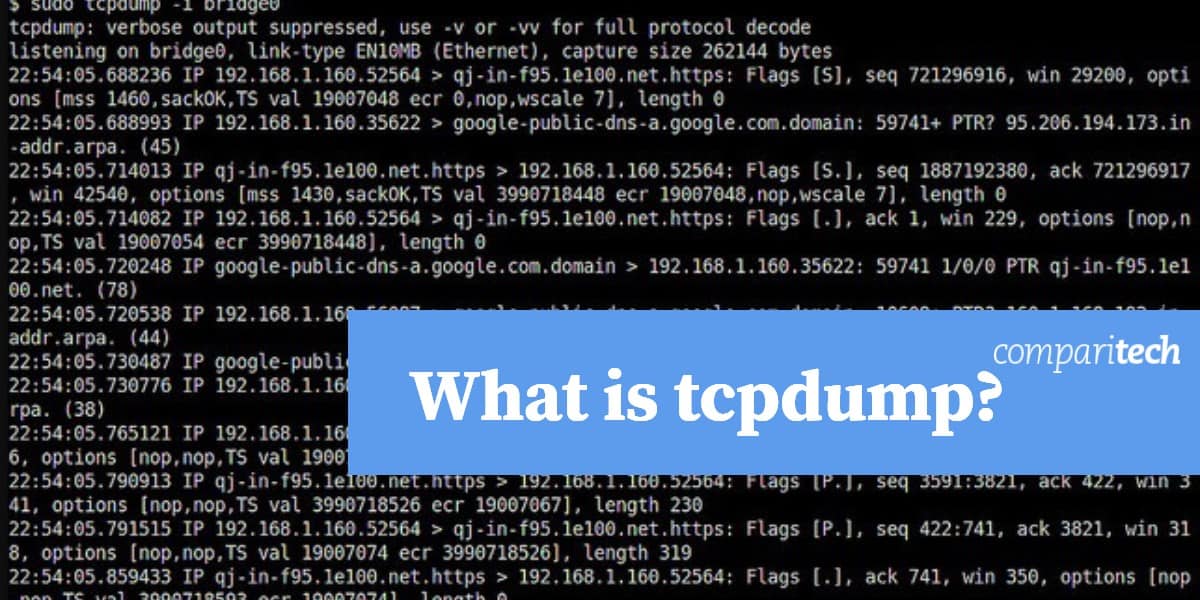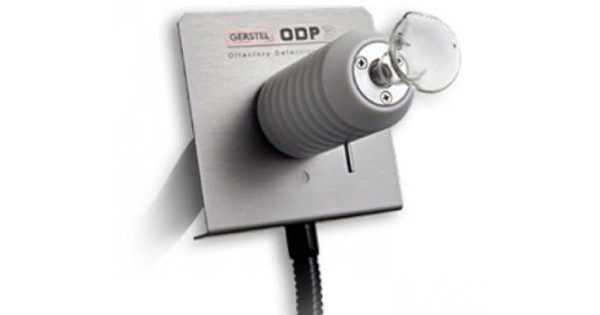
OverviewĪny machine that communicates over the network has at least one network adapter. It is available in-box via the pktmon.exe command and via Windows Admin Center extensions. The tool is especially helpful in virtualization scenarios, like container networking and SDN, because it provides visibility within the networking stack. It can be used for packet capture, packet drop detection, packet filtering and counting. Packet Monitor (Pktmon) is an in-box, cross-component network diagnostics tool for Windows. Now we can re-start the flooding process waiting for new packets.Applies to: Windows Server 2022, Windows Server 2019, Windows 10, Azure Stack Hub, Azure, Azure Stack HCI, versions 21H2 and 20H2 When it receives the ARP reply it's sure that the victim has "takenīack" his port, so ettercap can re-send the packet to the destination When the attacker receives packets for "stolen" hosts, it stops theįlooding process and performs an ARP request for the real destination

Received by the attacker, winning the race condition with the real Using low delays, packets destined to "stolen" MAC addresses will be This process "steals" the switch's port of each victim. Won't see these packets), the source MAC address will be one of the

The destination MAC address ofĮach "stealing" packet is the same as the attacker's one (other NICs

Poisoning is not effective (for example where static mapped ARPs are This technique is useful to sniff in a switched environment when ARP You can find more information in Ettercap documentation, which includes the excerpt below:


 0 kommentar(er)
0 kommentar(er)
